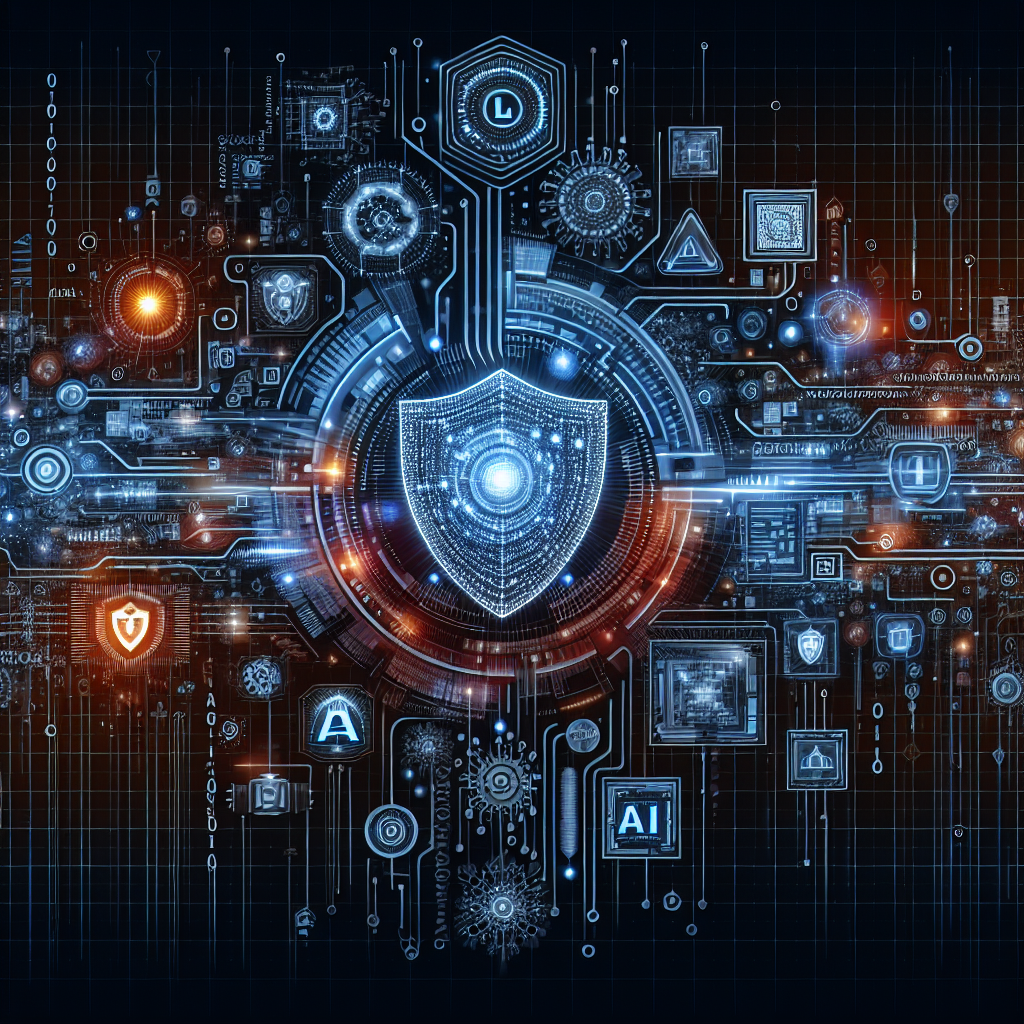As artificial intelligence (AI) continues to progress and integrate with everyday technologies, it brings forth impressive advancements, particularly in smart devices. However, this swift integration also presents various security risks that can jeopardize personal privacy, organizational integrity, and national security. Recognizing these vulnerabilities is essential for formulating effective strategies to defend against them.
The AI Landscape in Smart Technologies
AI-driven smart technologies encompass a range of devices from home assistants and smart thermostats to advanced surveillance systems and autonomous vehicles. These technologies often depend on extensive datasets for optimal functioning, raising concerns about the methods of data collection, storage, and processing.
Common Security Risks of AI
-
Data Privacy Concerns:
AI systems require large datasets, which may include sensitive personal information. Inadequate data handling practices can lead to unauthorized access, data breaches, and the misuse of information. -
Model Vulnerabilities:
AI models are susceptible to adversarial attacks, where malicious actors manipulate inputs to mislead the system. For example, a slight alteration in an image can prompt an AI to misinterpret it completely, resulting in potentially hazardous consequences. -
Supply Chain Risks:
The integration of AI across various sectors can lead to vulnerabilities in software and hardware supply chains. Insecure components can pose risks without the end-user’s awareness. -
Insider Threats:
Employees with access to AI systems may exploit their knowledge for nefarious purposes. This risk highlights the necessity of access controls and monitoring behavior within organizations. - Inadequate Security Measures:
Many smart devices lack strong security features. Manufacturers may skimp on security to cut costs or streamline user experience, leaving devices exposed to exploitation.
Strategies for Protecting Against Vulnerabilities
To address these risks, organizations and consumers need to adopt a proactive approach to AI security:
1. Establish Comprehensive Data Protection Strategies
-
Data Encryption: Encrypt sensitive data both during transmission and when stored to protect against unauthorized access.
- Access Controls: Restrict data access based on user roles and implement multi-factor authentication (MFA) to bolster security.
2. Continuous Monitoring and Evaluation
-
Regularly evaluate AI models for vulnerabilities and perform penetration testing to uncover potential exploits.
- Utilize monitoring tools to identify unusual patterns of behavior that may indicate a security breach.
3. Cultivate a Security-Oriented Culture
-
Educate employees on cybersecurity best practices and the specific risks associated with AI technologies.
- Encourage the reporting of unusual activities or potential vulnerabilities.
4. Collaborate with AI Security Experts
-
Partner with cybersecurity firms specializing in AI to create tailored security solutions that address specific vulnerabilities.
- Stay updated on the latest research and developments in AI security threats and countermeasures.
5. Support Industry Standards and Regulations
-
Advocate for the establishment of cybersecurity standards for AI applications to ensure a baseline level of security across all devices.
- Collaborate with industry leaders to formulate best practices and guidelines for secure AI deployment.
The Future of AI Security
As AI technology evolves, so will the strategies employed by malicious actors. The emergence of sophisticated AI tools for executing attacks presents an ongoing challenge. Hence, continuous innovation in security measures remains crucial.
In summary, although AI offers remarkable benefits in automating processes and enhancing capabilities, it also introduces considerable security risks that cannot be ignored. By identifying these vulnerabilities and implementing strong protective measures, both individuals and organizations can better shield themselves from the evolving landscape of AI threats. Ensuring the advantages of AI are realized without excessive risk will depend on a collective effort to secure smart technologies against potential challenges.

